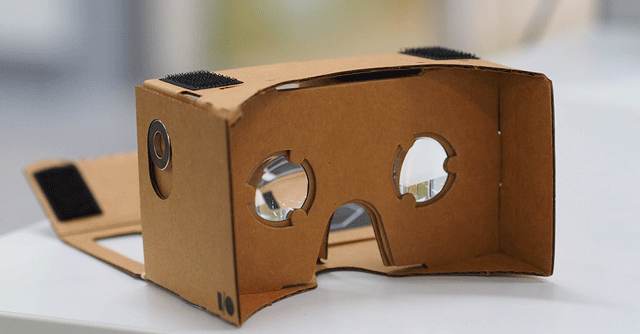
Scientists develop low-cost VR platform in a boost to single cell research


In a boost for researchers working on single cells, a team of scientists from the US has developed a free, open-access virtual reality (VR) platform called SinglecellVR that enables interaction with single-cell datasets using VR headsets that cost under $10.
Users can control the VR experience on the platform using a Bluetooth keyboard or controller, which will cost an additional $20.
The use of VR in the medical industry is not new. It is being used in hospitals as a relaxation tool for patients suffering from anxiety and to train medical students for surgery. It is also being used by researchers to visualize and analyze individual cells. However, most of the VR applications used for single-cell research rely on expensive hardware.

VR headsets can be expensive, especially those that are tethered to a PC. Even the least expensive tethered VR headsets cost over $400. The more advanced ones like Valve’s Index VR headsets cost $999. However, Google with its entry-level VR headset Cardboard, which costs less than $10, has made VR more accessible.
Google Cardboard is simple to use and works with any Android smartphone. Google Cardboard also allows developers to create their own VR experiences using the Cardboard Design lab app.
SinglecellVR allows users to visualize their own pre-computed data directly from the most commonly used single-cell analysis tools such as Scanpy, Seurat, PAGA, STREAM, scVelo, and EpiScanpy.

After the data is uploaded to singlecellVR, researchers can view it in 3D on singlecellVR website on any web browser or transfer it to their smartphone for visualization in the VR headset. However, taking data compiled on a desktop computer and displaying it through a smartphone was not simple. To address this, the research team generated a QR code that allowed users to open the VR view on their smartphone to view data uploaded through a PC.
“We have simplified conversion of data output from these tools, enabling users to easily contribute to a growing database of datasets from key studies that are preprocessed and available for VR visualization,” the authors involved in the research wrote.
The VR platform was conceived by Luca Pinello, associate professor at Massachusetts General Hospital and Harvard Medical School. Pinello had pitched the idea first at a hackathon in 2019 and after a positive response from peers decided to create a prototype. The final version of the platform was completed at the Pinello Lab with help from Qian Qin.

The team’s research on SinglecellVR has been published in the journal Frontiers in Genetics.
Single-cell research has helped scientists model heterogeneity within cell populations and can enhance understanding of how various cancers spread in the human body.
According to the authors, “these tools seek to empower non-computational biologists to explore their data and make rapid hypotheses otherwise difficult to attain from traditional 2D visualizations.”

The authors also emphasised the fact that currently there are no peer-reviewed tools available for the visualization of single-cell data in VR.
“My hope is that by lowering the barrier to adopt or explore these new technologies, more people will become excited about this space, and we will create a community interested in developing VR applications focused on the exploration and analysis of biological data,” added Pinello.
